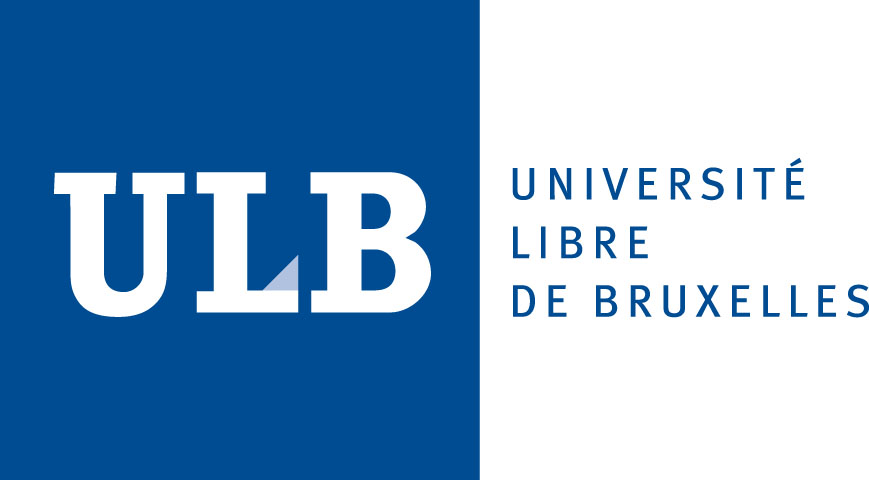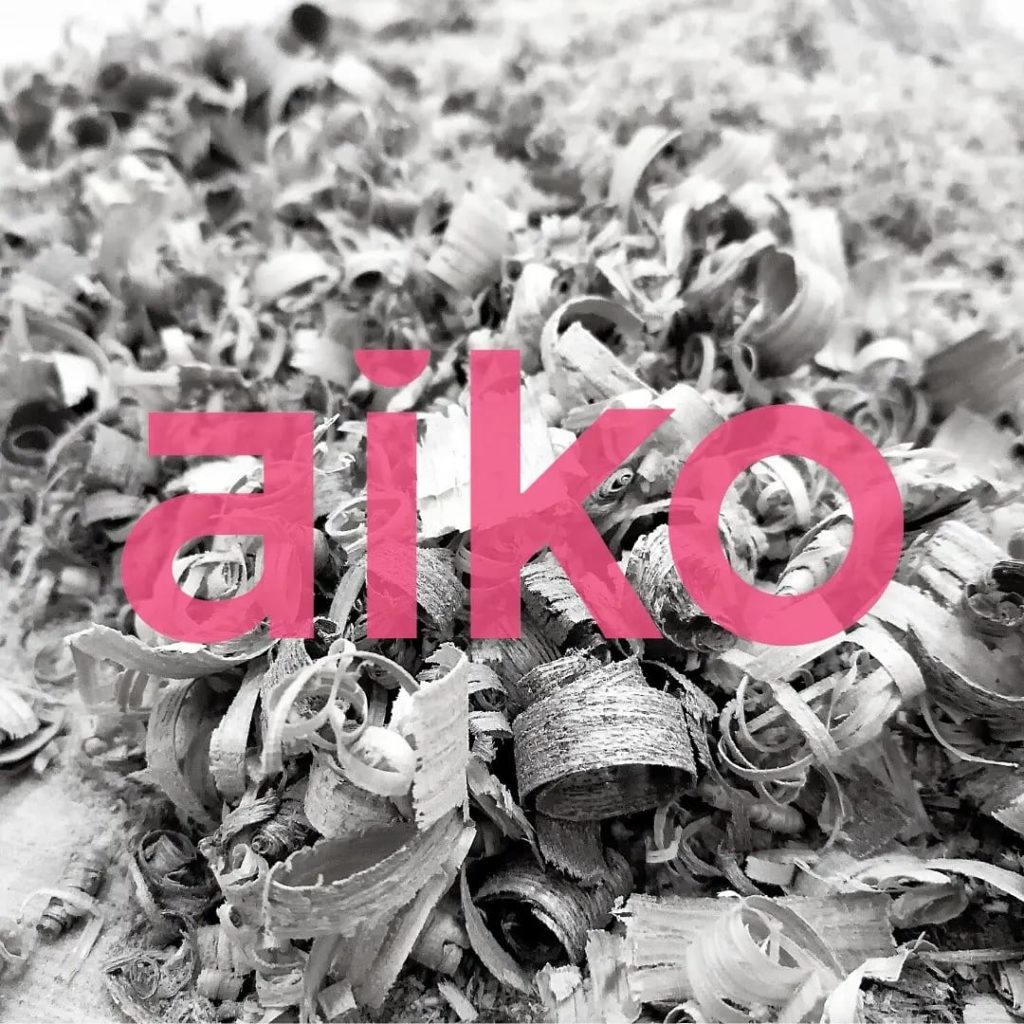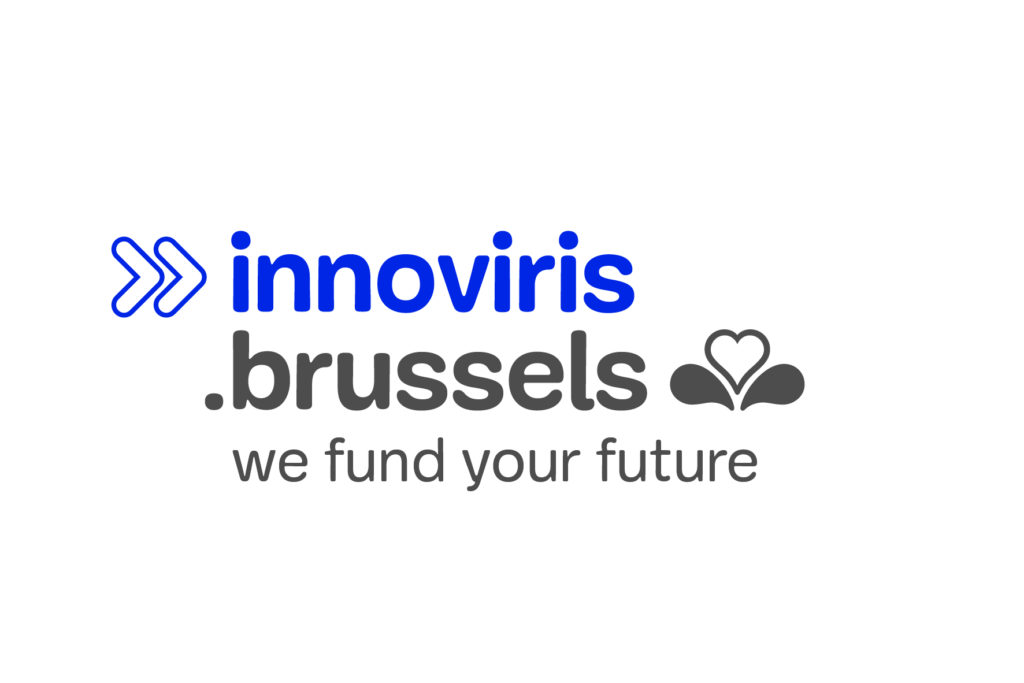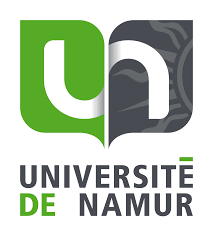Rotifer (a)live
Rotifers are fascinating multicellular animals evolving on Earth for more than sixty million years. Though smaller than a millimeter, they represent a scandal in evolutionary biology: asexual females clone themselves without any intervention of males.
Moreover, these small organisms are extremely stress tolerant. They can resist to various stresses such as desiccation, radiation and freezing. Recently, scientists were able to revive rotifers that had been slumbering in the Arctic permafrost for 24,000 years. These microscopic superwomen raise challenging and inspiring questions for science.
Rotifer (a)live provides insight into the fascinating experiments and findings that researchers conduct on this matter on a daily basis. Shaped as an oversized scientific set-up, this installation takes the visitor on a journey into the world of research labs. Displayed in a retro futuristic arrangement, Rotifer (a)live combines scientific instruments and artworks. Omnipresent in this lab-like organized mess, the green leaf color provides a visual contrast that echoes the rotifers’ favorite food: salad juice.
This installation also shows the high-tech aerospace modules that transported rotifers back and forth to the International Space Station (ISS), as part of the Rotifer In SpacE (RISE), which studies rotifers to develop new models in space research. In addition to colorful microscopic photographs, lab pipettes, hand-drawn illustrations and Erlenmeyer flasks, this set–up mainly contains the rotifers themselves. So feel free to take a look at the microscope and projected lab footage to see live how rotifers come alive, how they behave, how they evolve.
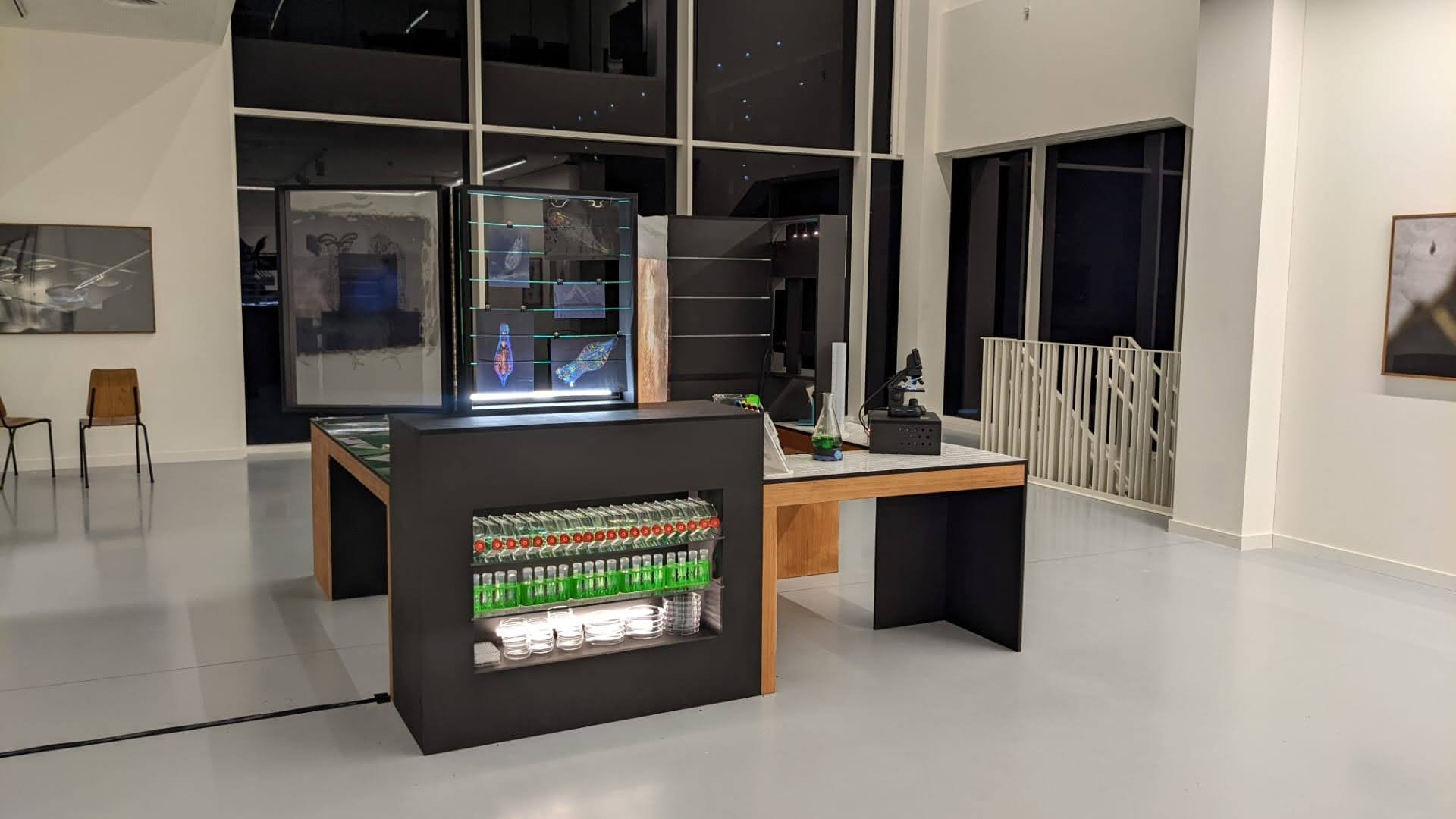
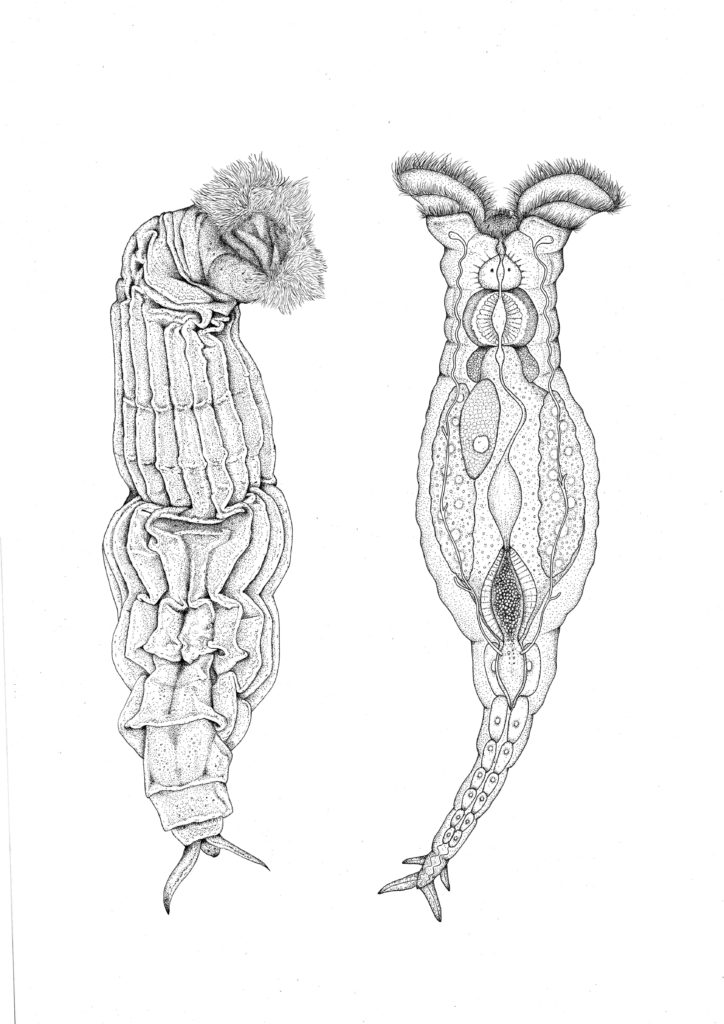
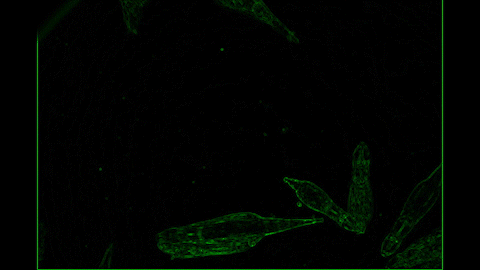
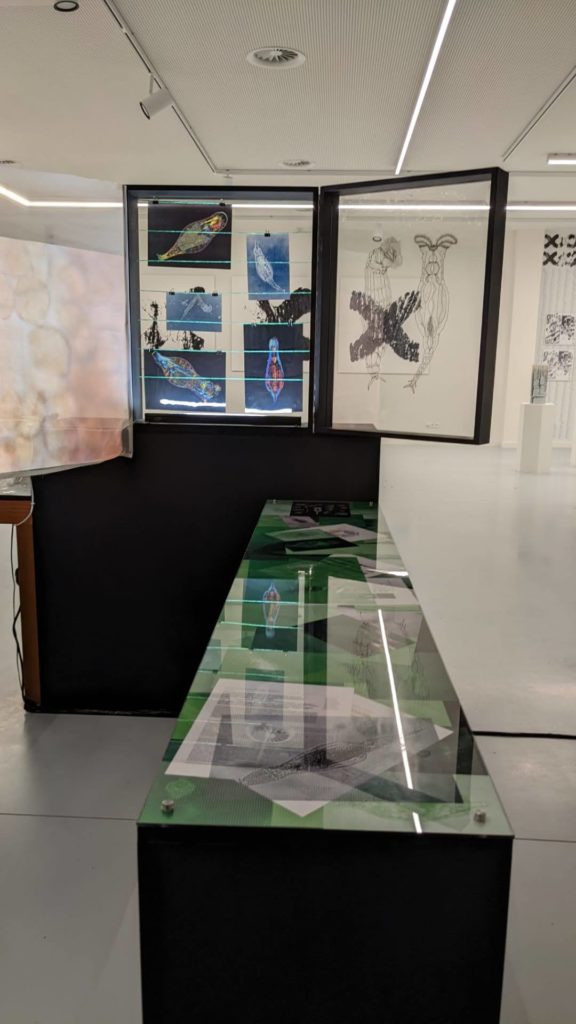
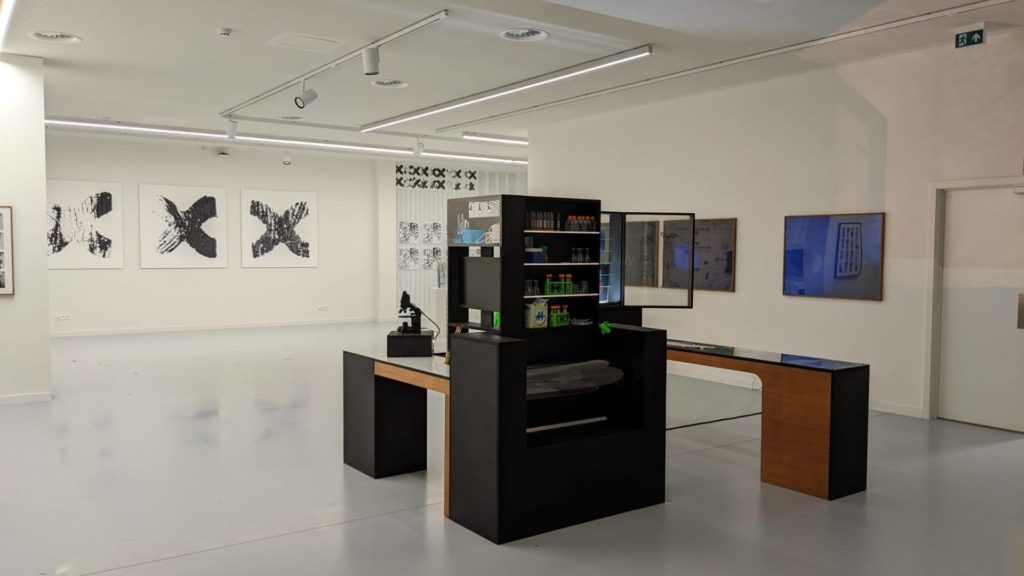
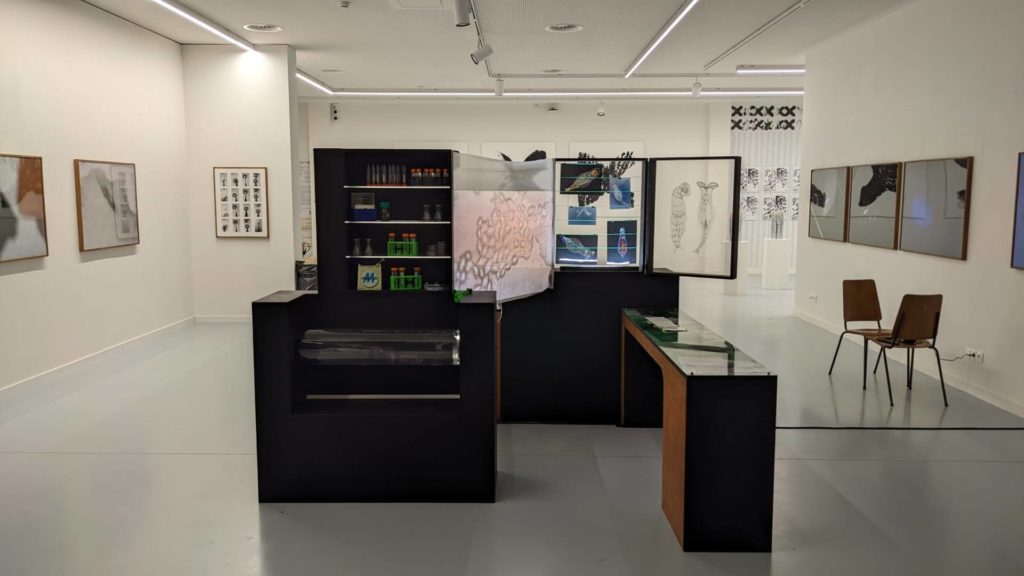
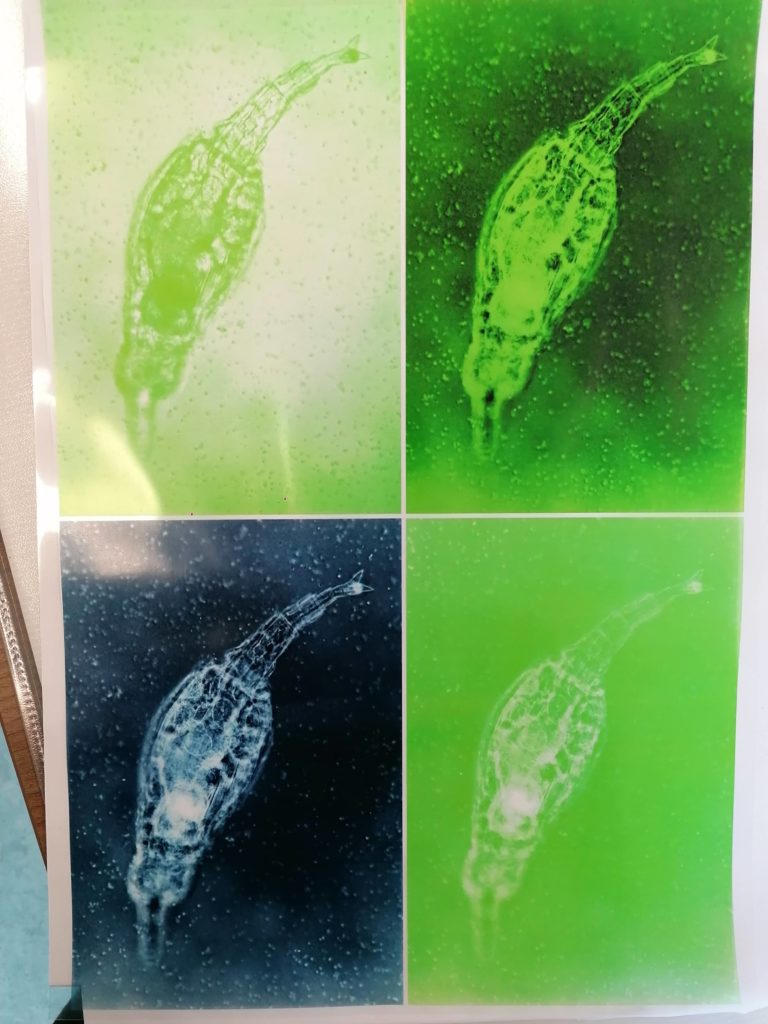
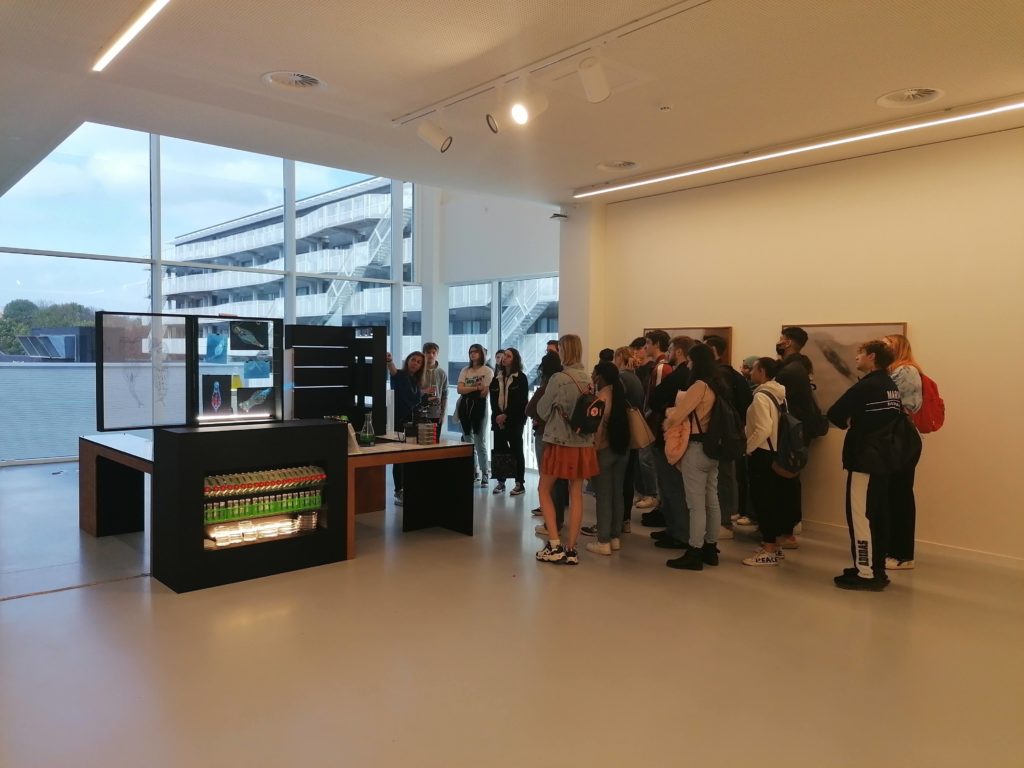
Ohme & Aiko Design in collaboration with Karine Van Doninck and her research team (ULB/UNamur) – BE
Rotifer (a)live, 2022
Installation, wood, acrylic glass, tulle fabrics, diverse materials.
Projection, video, microscopy, rhodoid & paper prints, 3D print, laboratory glassware & equipment.
CREDITS:
Installation: Aiko Design, Ohme, Karine Van Doninck of ULB/UNamur
Microscopic footage: Live filmed alive rotifers (monitor), Video recordings by Boris Hespeels (projection), Video edition & effects by Raoul Sommeillier
Rotifer hand-drawn illustration: Ophélie Lhuire
Microscopic photography & scanning electron micrographs: Irina Arkhipova, Diego Fontaneto, Boris Hespeels
3D conception & design: Thomas Raa, Alizée Rubino, Raoul Sommeillier
3D printed rotifer: Patricia Van Doninck of Jaspers-Eyers Architects
Project coordination: Raoul Sommeillier, Karine Van Doninck
With the help of: Emilie Berns, Jérémy Berthe, François Bronchart, Laurent Grumiau, Boris Hespeels, Léa Mellini, Scientists of Molecular Biology & Evolution (MBE) research unit at ULB
Scientific publications:
– Donner, J., 1965. Ordnung Bdelloidea (Rotatoria, Rädertiere). Akademie Verlag: 297 pp
– Simion, P. et al., 2021. Chromosome-level genome assembly reveals homologous chromosomes and recombination 586 in asexual rotifer Adineta vaga. Science Advances 7
With the support of: Innoviris, Jaspers-Eyers Architects, Kikk, La Pavillon de Namur, Inforsciences, Université de Namur (UNamur), Université libre de Bruxelles (ULB)
Presented at:
Manned Flight – Rotifers in Action, Pilar in Brussels, from 12 April to 12 June 2022
Biotopia, le pavillon in Namur, from 18 June to 27 November 2022
PRESS:
Expo ‘Manned Flight – Rotifers in Action’ combineert kunst én wetenschap // BRUZZ // 20.04.2022

